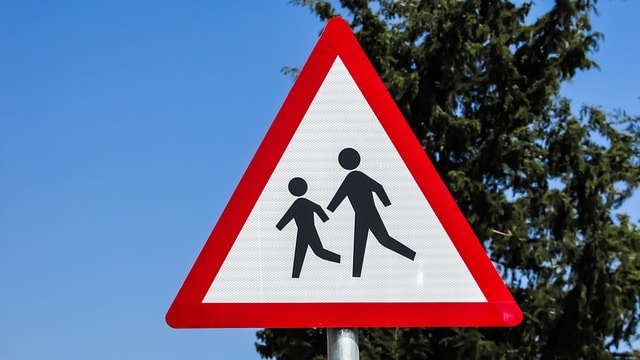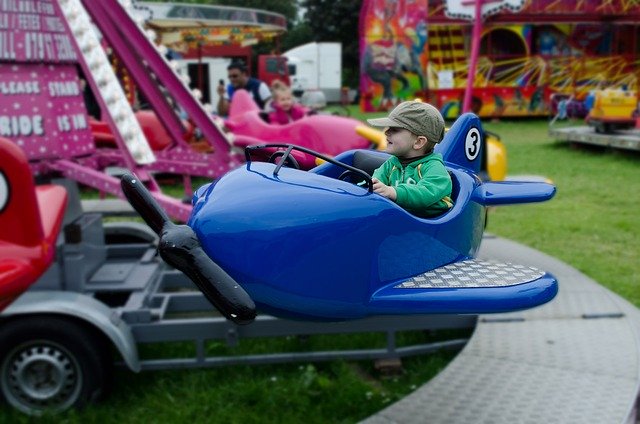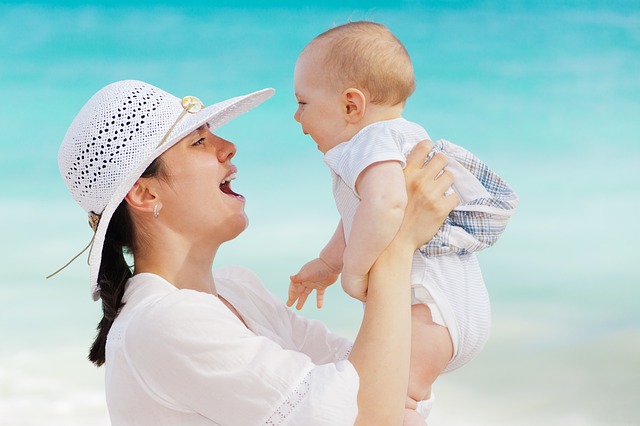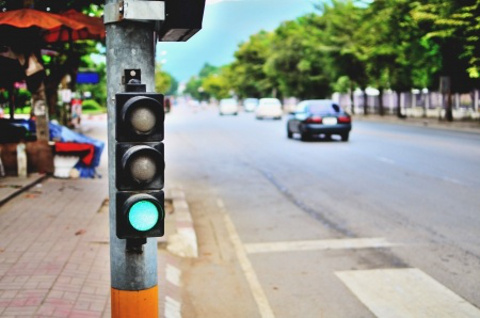With increased congestion on Singapore roads these days, road safety has never been a more pertinent issue than it is now. According to the Automobile Association of Singapore (AA), many fatal road accidents are the result of the improper use or lack of use of safety features within the car, such as seat belts and child restraints.
What exactly would be the impact experienced by an unbuckled passenger in an accident?
According to AA, an unfastened passenger in a car travelling at just 50 km/h crashing into a barrier would suffer impact akin to “hitting the ground after falling from the third storey”. Wow. It’s no wonder that traffic rules in Singapore require that all infants and young children be suitably restrained when travelling in a moving vehicle.
Crash Course
In case you were wondering, a child held by a belted adult is just as unprotected as one that’s unrestrained. In a collision at 50 km/h, he would be torn from the adult’s arms by a force 30 times greater than his body weight, and be violently hurled against the dashboard or through the windscreen. In such a scenario, it would be virtually impossible for any adult to hang on to the child.
Belt up!
A properly set-up and fitted car seat can make the difference between life and death in a traffic accident. According to a study conducted at the University of Tokyo, drivers and front-seat passengers are at five times greater risk of dying in a car accident if the rear-seat passengers are unbelted.
In head-on collisions, the risks are even higher. This is why the Road Traffic Act stipulates that any person below the height of 1.35m is required to be secured with an appropriate child restraint. Previously, the rule was based on the criterion of age, with all children under 8 years old required to be restrained in this manner. The rule was revised with effect from 1 January 2012.
This change in criterion was made in consultation with the Ministry of Health and following a review of international standards and practices. This threshold height is found to be more suitable in deciding the proper fitting of seat belts and also consistent with current practices in countries such as the United Kingdom, Netherlands, Sweden, Finland, and Belgium.
Here are more changes to the car seat rules in Singapore.
Changes To Wearing Of Seat Belt Rules (extracted from the Singapore Police Force website)
- Change in criterion to determine the use of child restraints and booster seats
Currently, a child below the age of 8 is required to be properly secured with an appropriate child restraint or use a booster seat cushion to supplement the seat belt while travelling in a vehicle. Those above the age of 8 are required to put on seat belts.
To ensure that those affected by this change have sufficient time to obtain the required booster seats, child restraints and adjustable seat belts, a grace period of one month will be given. For the month of January 2012, Traffic Police officers on patrol will offer advice to motorists instead of taking enforcement action when they come across those who are below 1.35m who fail to use a booster seat, child restraint or adjustable seat belt.
- Removal of exemption from child safety seat requirements for small school buses
From 1 January 2012, all school children and passengers travelling on board small school buses shall be required to wear the appropriate child restraints or seat belts. This change is in line with corresponding changes made by the Land Transport Authority that require the mandatory installation of retractable three-point seat belts in small school buses by 31 December 2011.
- Responsibility of bus conductor/attendant on board small school buses
Drivers of small school buses as well as bus conductors or attendants on board small school buses will have to ensure that their passengers are properly secured with the appropriate child restraints or seat belts. If they fail to do so, bus conductors or attendants will be liable to a composition fine of $120/-, while the driver will be liable to a composition fine of $120/- and 3 demerit points. This change recognizes the important role of school bus conductors and attendants in ensuring the safety of school children on board and making sure that their seat belts are properly fastened.
- Exemption of Child safety seat requirements for taxis
Taxis will continue to be exempted from child safety seat requirements. This is because it would not be practical for taxis to carry a number or variety of child safety seats which are of different sizes.
However, research has shown that children face a greater risk of injury when travelling in the front seat. As such, a child or person below 1.35 m should only ride in the rear seats to minimise the risk of injury in the event of an accident.
Hefty Fine
Any driver who fails to wear his seat belt or ensure that his passengers (adults and children) are properly belted up or restrained commits an offence which entails a fine of S$120 and 3 demerit points.
Note that a person sitting on a booster seat (typically parents switch their children to a booster seat from 4 years old) will need to be belted up with the vehicle’s seat belts.
Singapore traffic law does not stipulate whether the child restraint should be put in the front or back seat – i.e. either option is fine – but do take note of your car make and advisory.
For example, some cars will have a flap warning against putting a rear-facing child restraint in the front seat, due to the location of the car’s airbag.
Accidents can happen anytime, and anywhere, even on the “safest” roads. It’s not about the fines or demerit points per se, but the potential loss of limb or life.
Don’t risk the lives of you and your loved ones. It’s time to belt up!
By Dorothea Chow
Reference: Singapore Police Force


























































